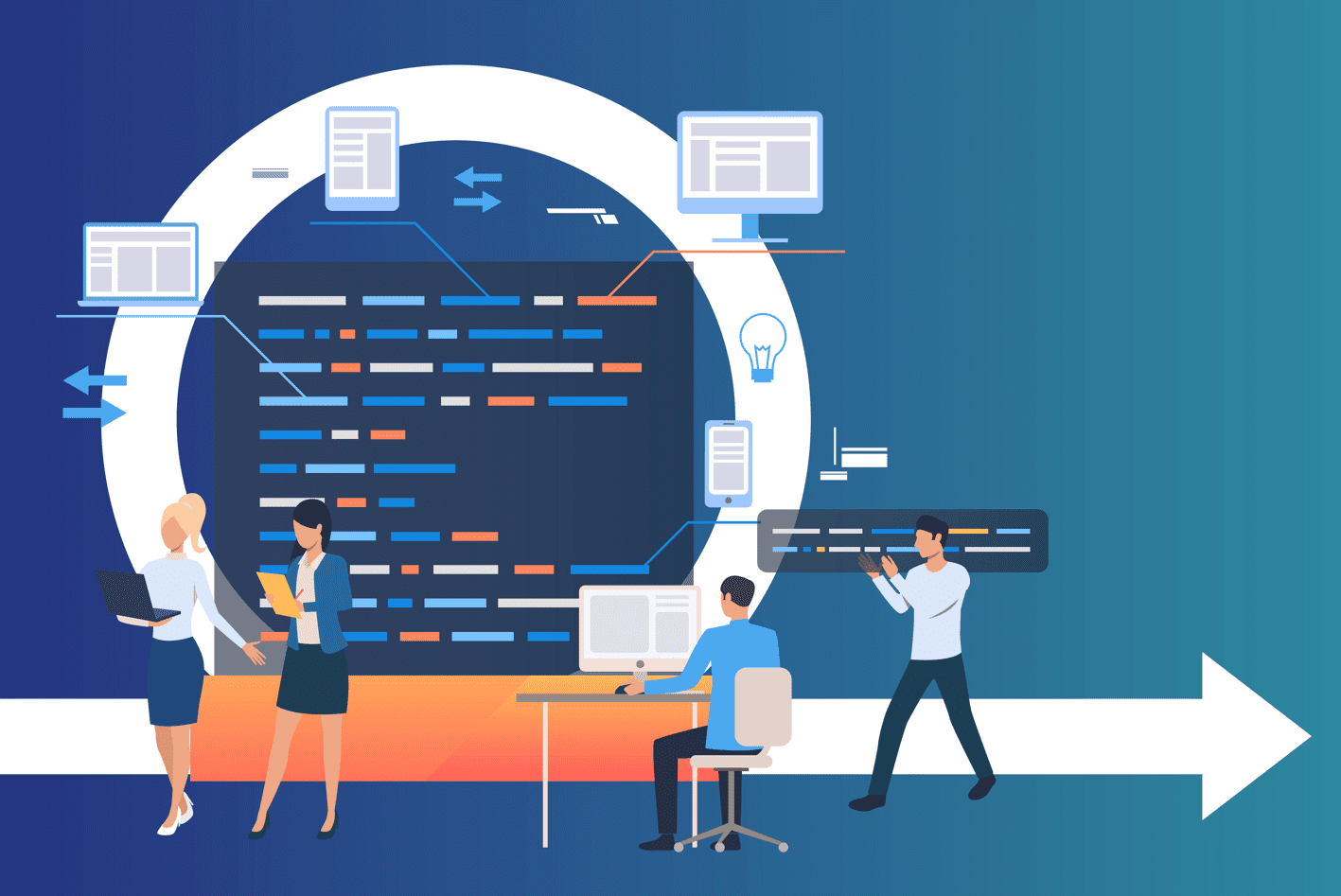Why Release Management Is So Challenging In DevOps?
Release Management for Startups#
Introduction#
DevOps release management is now a vital part of software development. It ensures that software releases are smooth and dependable. However, handling releases in DevOps can take time and effort. In this article, we'll look at why it's challenging and how organizations can handle it. For a DevOps team, getting software versions to production quickly and regularly focuses on the release process pipeline.
Scaling release management is not for the faint of heart; you'll have your fair share of complexity in scalable environments.
These include:
In the complex world of software development, various teams from different organizations, platforms, and systems come together to create a product. Making sure everything works smoothly can be quite a challenge. It isn't easy to ensure that all your release management is on track and that everything you need is up-to-date and ready to go.
DevOps Teams strive to deliver application changes to production quickly and continuously. In other words, the release manager should be good at planning and execution.
Release managers need visibility throughout that entire software dev pipeline and the ability to work smoothly across those teams. When your teams are far apart and busy with independent tasks, it can take effort to follow everything happening.

Software release management challenges in DevOps problems with deployments.
Here are some of the specific challenges that release managers face in a DevOps environment:
- This involves having a deeper technical understanding of the software system being released and its dependencies. That lets developers know what adjustments should be made and how to make them so that the system remains operative even after release.
- DevOps teams usually release updates to the software application much more often than traditional software development teams. So, release managers should be prepared to release planning and execution quickly. They also must collaborate closely with development and QA teams to guarantee releases meet all deadlines.
- For release managers to fulfill their role, they must have access to the software release management supply chain and be able to convey efficiently to all participants of the release cycle.
- DevOps teams use automation to make software development and delivery easier. To streamline release management, release managers should find and automate release-related tasks. This makes the release process more efficient and reduces the chance of errors.
Release management in DevOps: What do you need to do in the best possible way?
There are multiple practices to which release managers could adhere to surpass the release management's issues with DevOps. These include:
- Release management tools can automate duties and provide better visibility into the release process.
- Describing who does what in the release workflow is crucial. This will enable task completion on time, and you can keep clear about responsibilities.
- Release managers must talk efficaciously with all the stakeholders concerned about the release method. This comprises development teams, QA groups, operations teams, and enterprise stakeholders.
- It is essential to thoroughly check software modifications before releasing them to production. This includes unit checking out, integration testing, and gadget checking out.
- In case of troubles with a release, it's essential to have a rollback plan in the area. This will allow you to revert to a preceding software program model quickly.
How can DevOps automation help with release management?#

DevOps automation can help with release control in several ways:
- It can assist in enhancing the performance of the release process by automating repetitive tasks and removing manual errors. This can free release managers to focus on more outstanding strategic obligations, including planning and coordinating releases.
- DevOps automation tools provide release managers with a clear view of the entire release process, from development to deployment. This helps identify potential bottlenecks and ensures releases stay on the right track.
- DevOps automation reduces the risk of release failures by automating tests and checks. It helps identify and fix potential issues before they can cause a release to fail.
- DevOps automation ensures that releases comply with regulations and policies by automating tasks like security audits and code reviews.
Here are a few precise examples of the way DevOps automation can be used to support release management:
- DevOps automation ensures releases comply with rules and policies by automating tasks like security audits and code reviews
- It automates the testing of software program changes before they're launched. This can consist of unit testing, integration testing, and gadget testing.
- It automates the rollback system in case of a launch failure. This can assist in decreasing the effect of a loss on users and quickly restore the gadget to a recognized appropriate nation.
- It automates tasks, including security audits and code reviews. This can assist in ensuring that releases follow all applicable guidelines and policies. Overall, DevOps automation can assist in making release control more efficient, seen, dependable, and compliant.
Here are a few extra tips for the usage of DevOps automation to support release control:
- Not all release tasks are appropriate for automation. It is essential to discover the repetitive, manual, and error-prone responsibilities. These are the duties to take advantage of automation.
- There are loads of DevOps automation tools available. It is vital to pick out tools that can be like-minded along with your present infrastructure and meet your specific wishes.
- Start automation into your release pipeline, which will help ensure that releases are computerized from start to end.
- It is vital to check automatic launch obligations before their usage in manufacturing. It will assist in becoming aware of potential issues and ensure that the release method operates as expected.
Conclusion#
Release management in DevOps can be challenging due to various dynamic factors. Yet, its significance is undeniable because it connects development and production, enabling the swift and dependable delivery of software changes.
To meet these demanding situations head-on, release managers should embrace a multifaceted approach encompassing a spectrum of high-quality practices. These practices are not merely pointers but a roadmap to successfully navigate the complex terrain of DevOps release control.
Effective communication and collaboration are essential in this journey. DevOps success relies on cross-functional teams working together towards a common goal. Regular meetings, shared dashboards, and automated reports keep everyone informed and lead to a smooth coordination of the release process.



